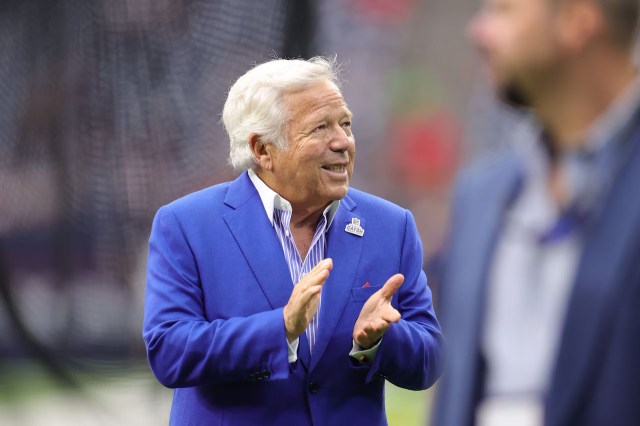By Gino Blefari
This week finds me once again in the familiar setting of my home office, where I began Monday with my usual WIG calls, continuing the tradition of starting my week focused and connected.
These regular WIG calls, simple as they may seem, are much like the ‘small wins’ highlighted in leadership studies. Each call, a small victory in itself, contributes to the larger framework of our organizational success, illustrating how minor accomplishments can lead to significant outcomes.
Read more: The Power of Small Wins in LeadershipIn the vast expanse of academic literature, there’s a concept that resonates deeply with the principles of effective leadership—the “small win.” These are precisely what they sound like: minor victories that set the stage for broader, transformative changes. Research robustly supports that small wins, though seemingly modest, wield an influence far greater than the sum of their parts. They are the steady application of a small advantage that catalyzes a series of further victories.
Leadership Lesson #1: Focus on the Process, Not Just the Goal The journey to significant achievement often starts with small, consistent steps. The construction of the great pyramid provides a poignant example of this. It was built by laying one stone at a time, not with the entire structure in mind but with each individual action focused on correctly placing that one stone. This method teaches us a critical leadership lesson: the true power lies in focusing on the process rather than fixating solely on the goal. By paying attention to the process, every small action becomes a part of a larger narrative of success. Please take a moment to reflect on this point. It’s not just about reaching the pinnacle but about valuing each step that takes you there.
Leadership Lesson #2: Cultivate Patience and Steadiness We live in a time where instant gratification is often sought after, yet the magic of leadership lies in patience and the wonder of tiny triumphs. The daily disciplines that might seem trivial are what build up to grand achievements over time. This calls for a leadership style that values steadiness and the consistent effort of small actions, reinforcing the second lesson: the importance of patience and persistence in achieving long-term success.
Leadership Lesson #3: Commitment to the Journey True leadership is measured not by the culmination of efforts in grand achievements but by the depth of commitment to the ongoing journey. It’s about making daily progress toward your highest ideals and staying true to the path you’ve committed to. This approach to leadership celebrates the process itself as the real victory, not just the end result, which is merely the icing on the cake.
Reflect on the wisdom of Robert Louis Stevenson, who advised not to judge each day by the harvest you reap but by the seeds you plant. Equally important, consider the words of author Dale Carnegie, who observed that “any fool can criticize, condemn, and complain—and most fools do.” These reflections underscore the value of focusing on constructive actions and the positive steps we take daily, rather than dwelling on criticism or setbacks.
So, what’s the message? If we adopt the mindset that every small step is a part of a larger journey, we transform our approach to leadership and life. Just as the great pyramid was built one block at a time, effective leadership is built on the foundation of daily, small wins. These wins, though minor, are the building blocks that lead to significant achievements.
Embrace the small wins, for they compound into monumental victories over time. Your commitment to this steady, patient approach will not only lead to success but also define the kind of leader you are.











